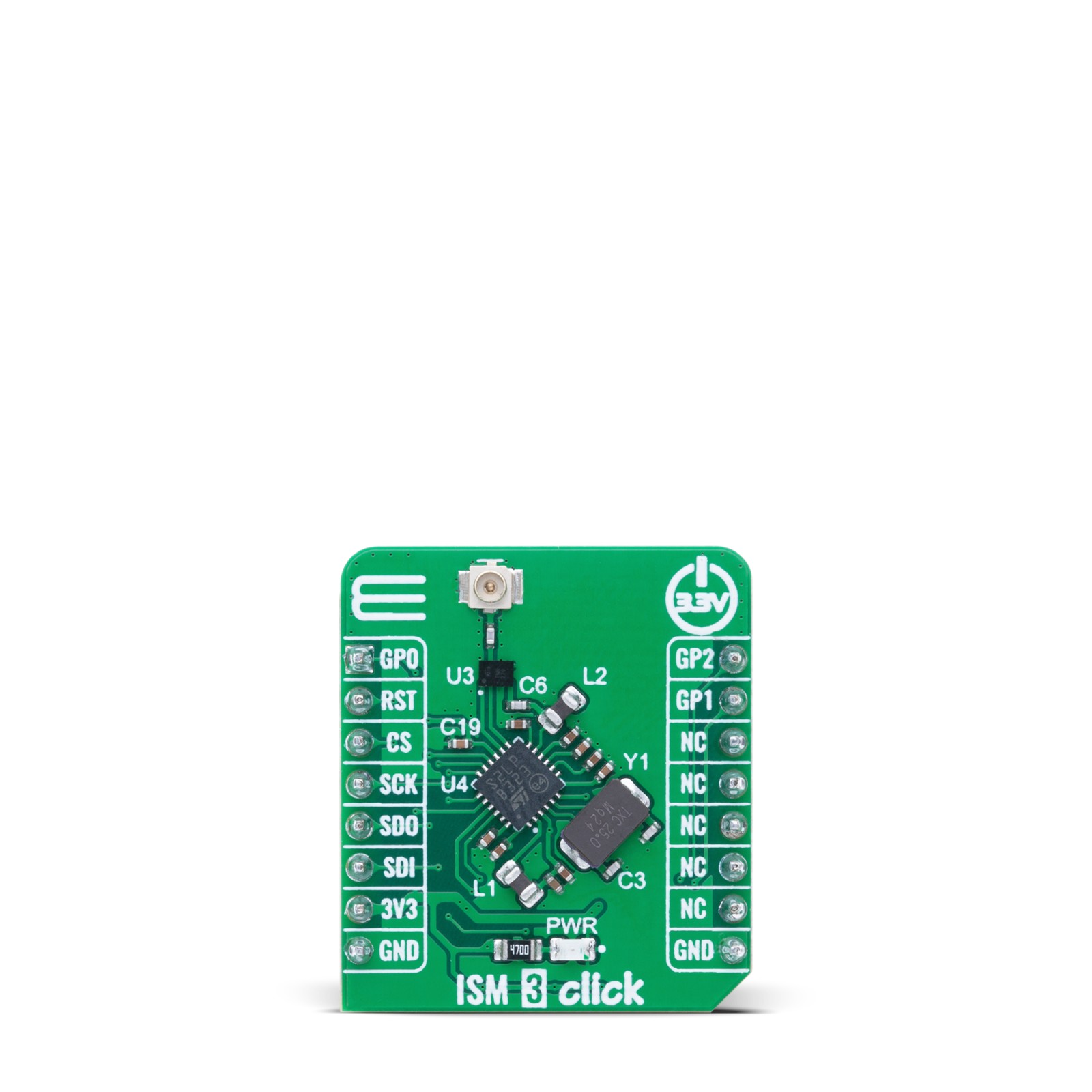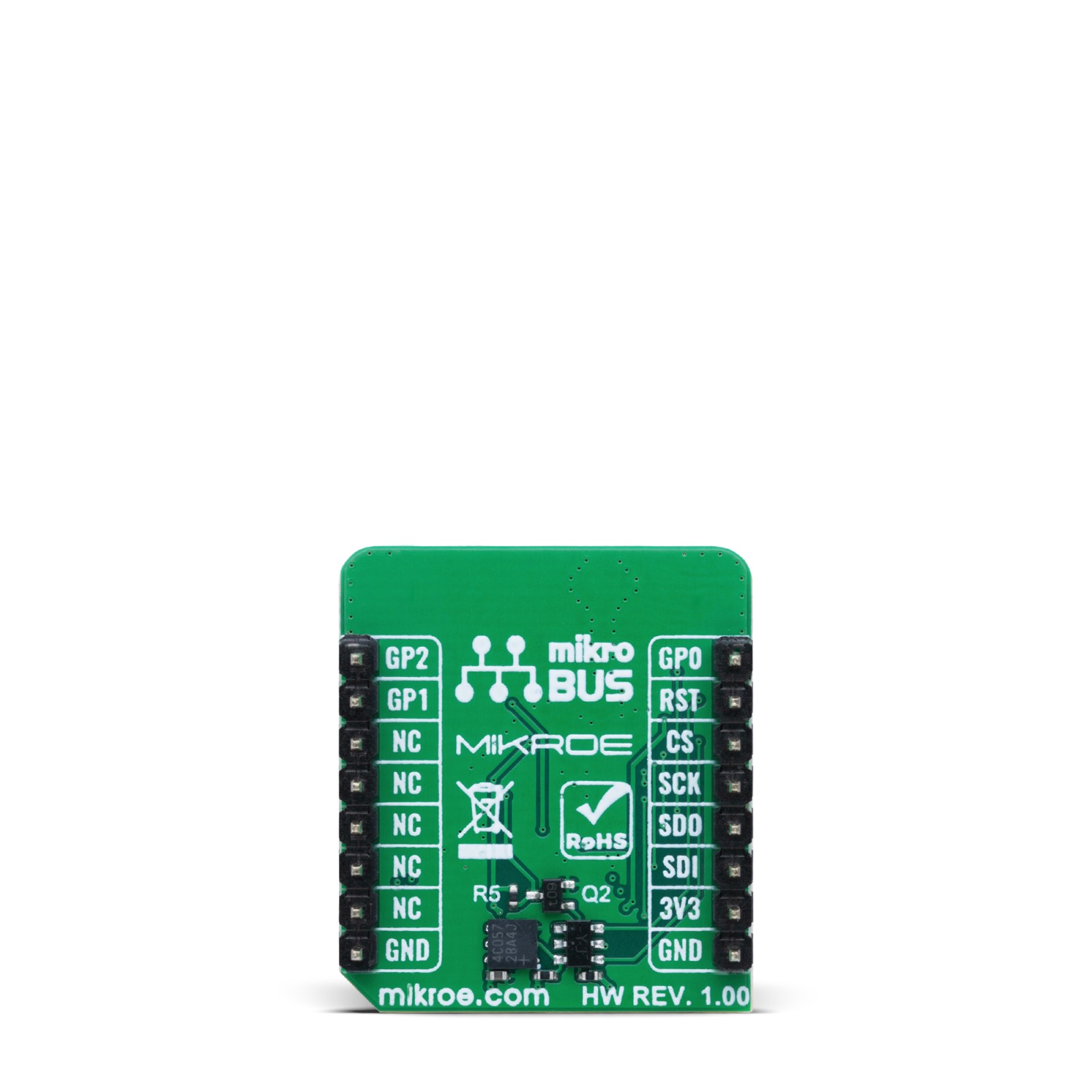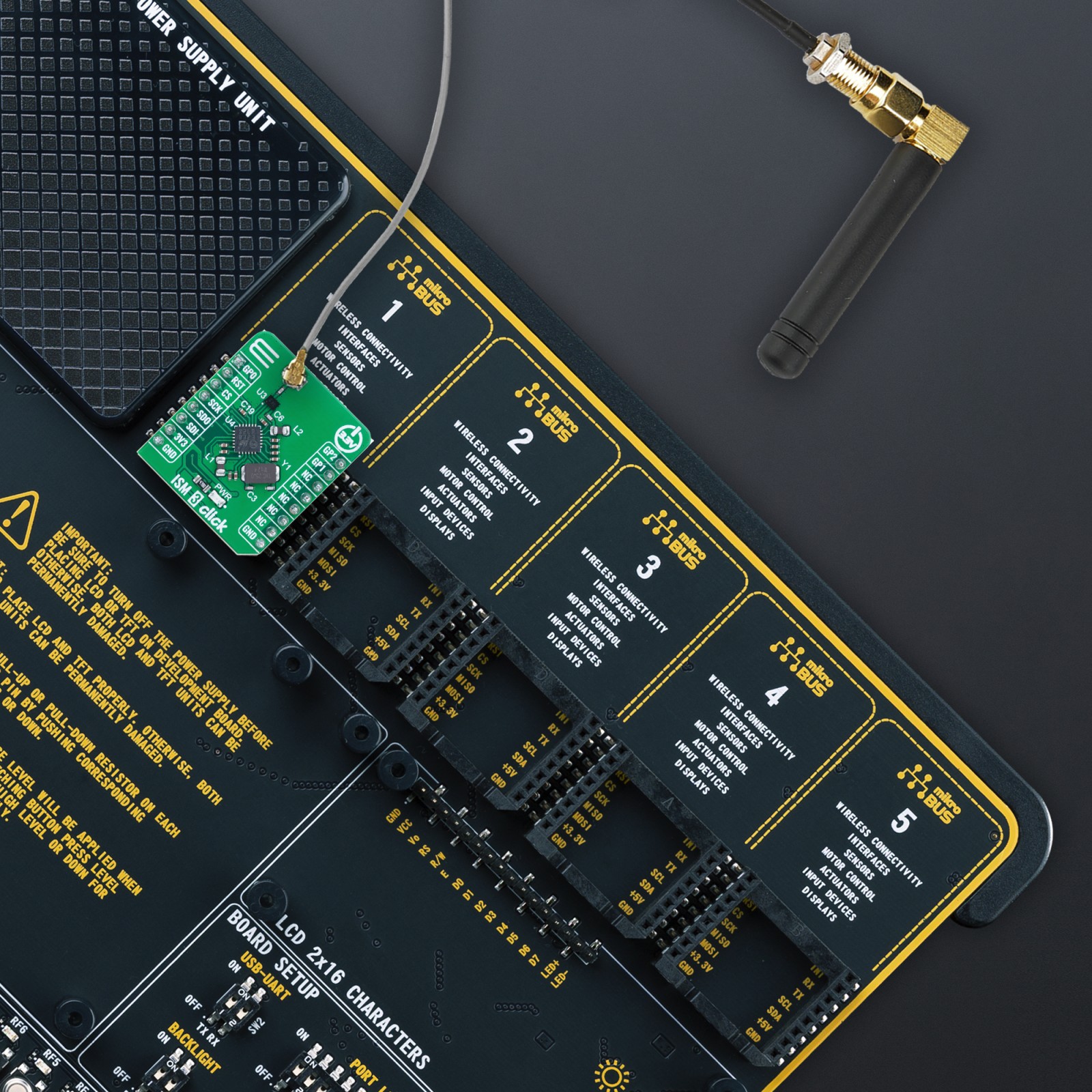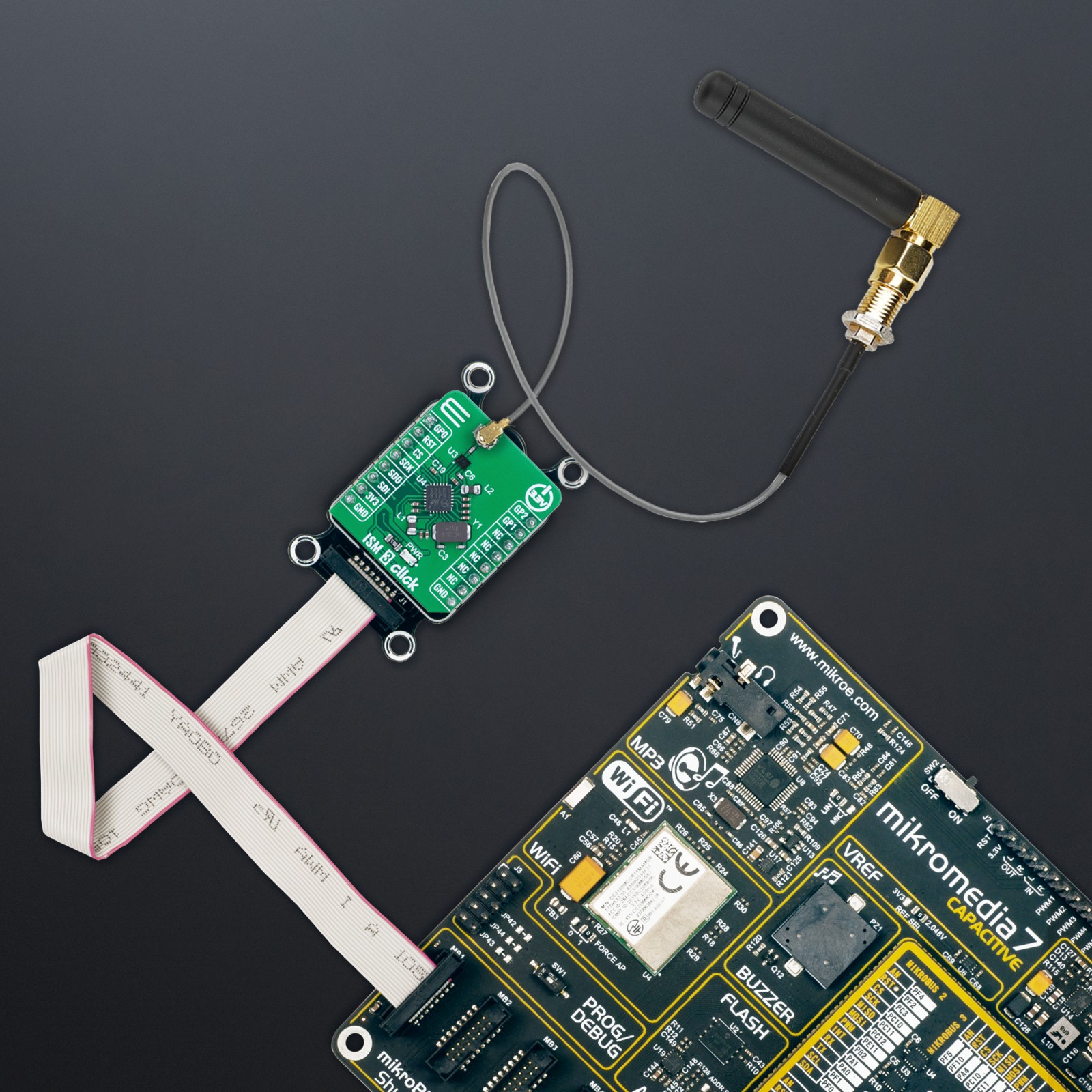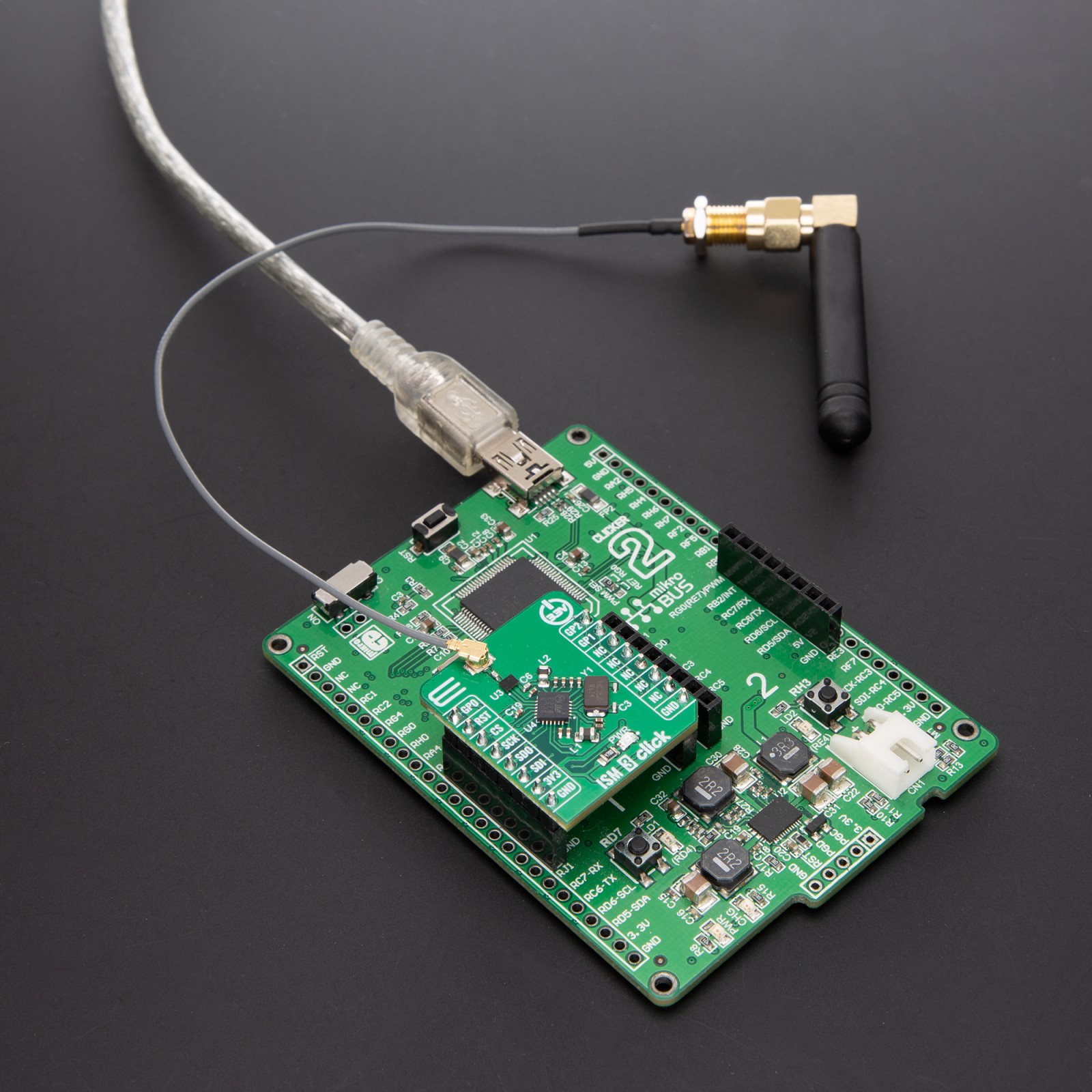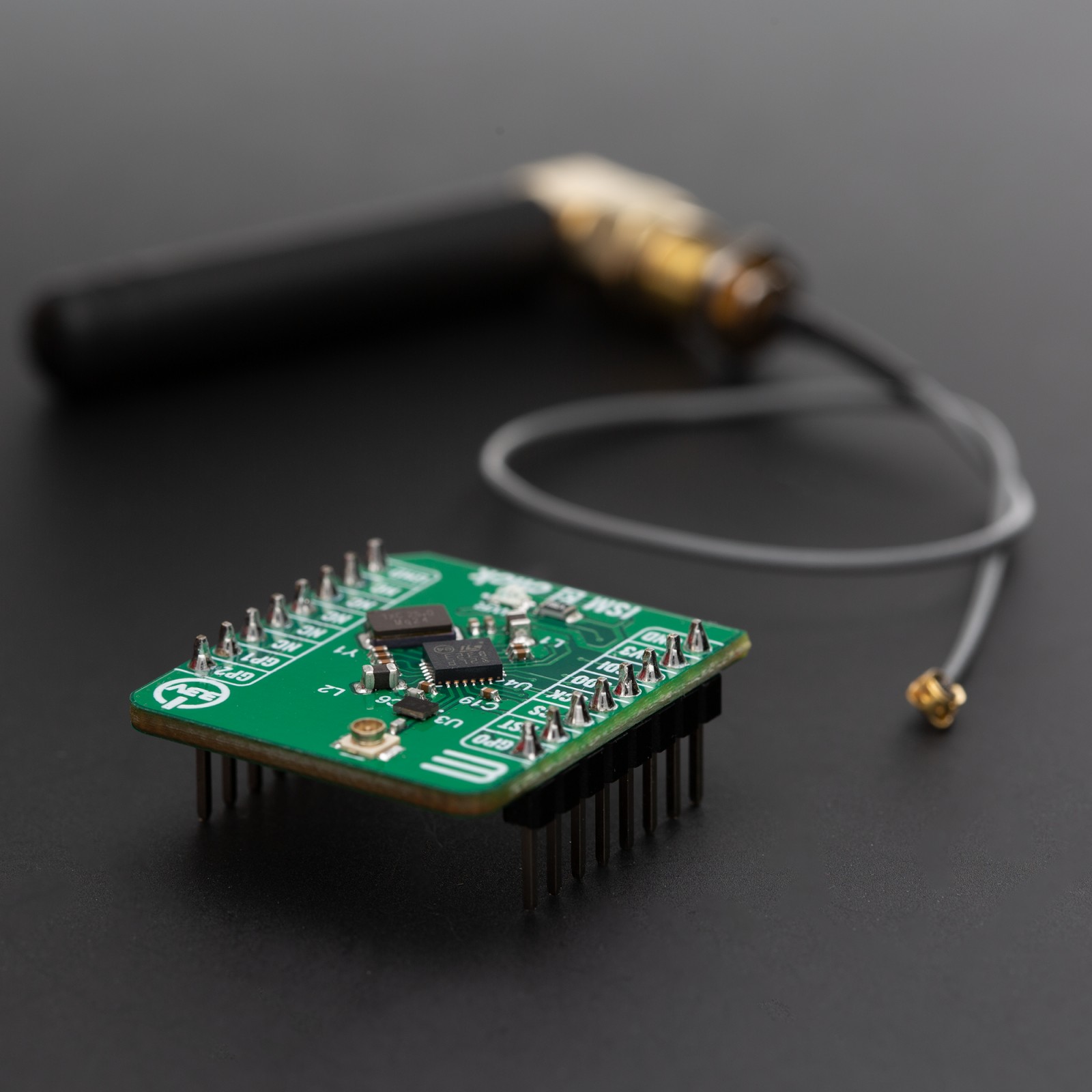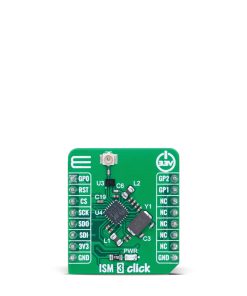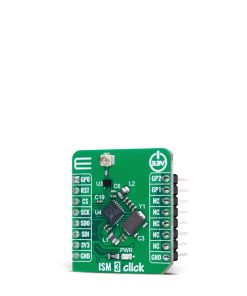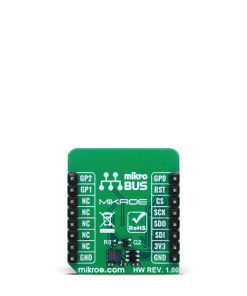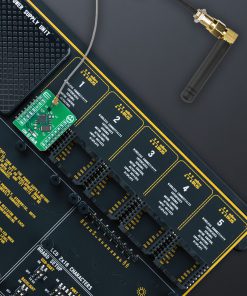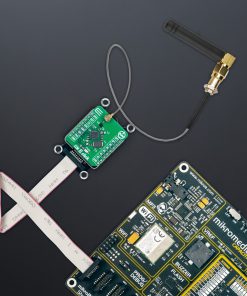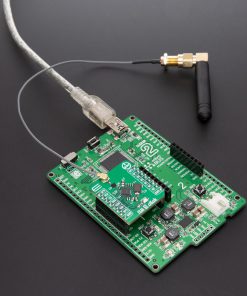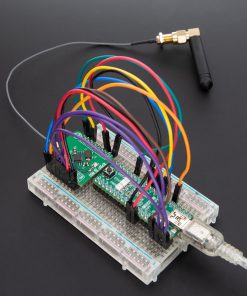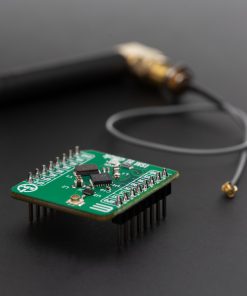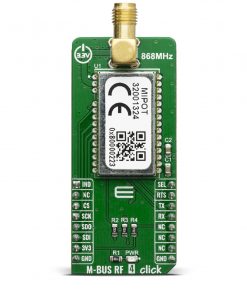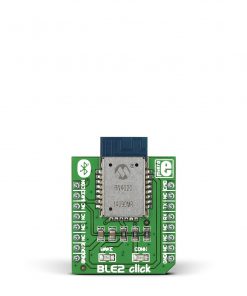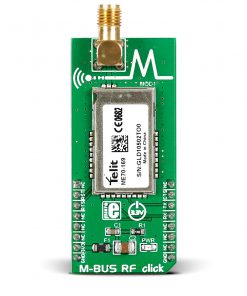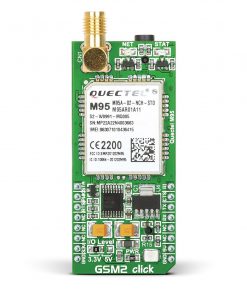-
×
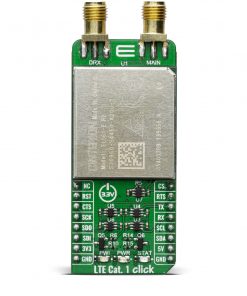 LTE Cat.1-EU Click (for Europe)
1 ×
LTE Cat.1-EU Click (for Europe)
1 × R2,500.00R2,250.00 -
×
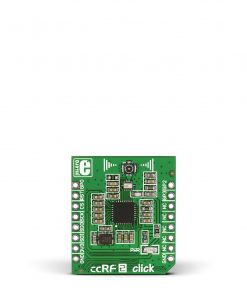 ccRF2 Click
3 ×
ccRF2 Click
3 × R800.00R720.00 -
×
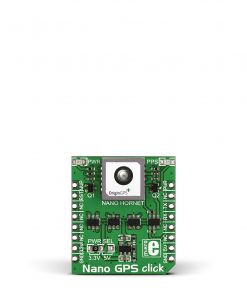 NANO GPS Click
1 ×
NANO GPS Click
1 × R1,300.00R1,170.00 -
×
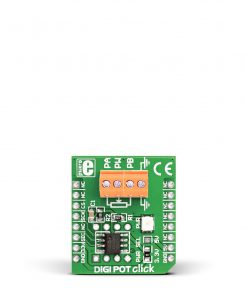 DIGI POT Click
1 ×
DIGI POT Click
1 × R370.00R333.00 -
×
 Step Down 11 Click
1 ×
Step Down 11 Click
1 × R985.00R886.50 -
×
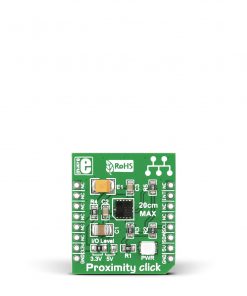 Proximity Click
1 × R220.00
Proximity Click
1 × R220.00 -
×
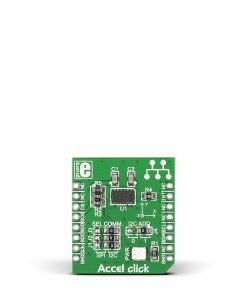 Accel Click
1 ×
Accel Click
1 × R355.00R319.50 -
×
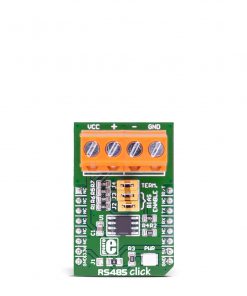 RS485 Click 5V
1 × R235.00
RS485 Click 5V
1 × R235.00 -
×
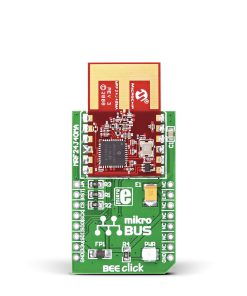 BEE Click
1 ×
BEE Click
1 × R800.00R720.00 -
×
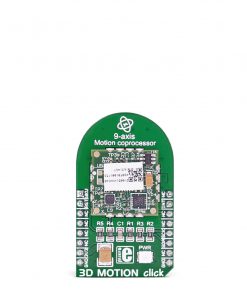 3D Motion Click
1 ×
3D Motion Click
1 × R1,050.00R945.00 -
×
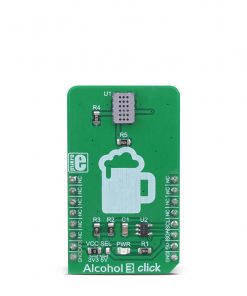 Alcohol 3 Click
1 ×
Alcohol 3 Click
1 × R710.00R639.00 -
×
 ADC Click
1 ×
ADC Click
1 × R540.00R486.00 -
×
 BUZZ Click
1 × R115.00
BUZZ Click
1 × R115.00 -
×
 RN4678 Click
1 ×
RN4678 Click
1 × R855.00R769.50 -
×
 MP3 Click
2 ×
MP3 Click
2 × R485.00R436.50 -
×
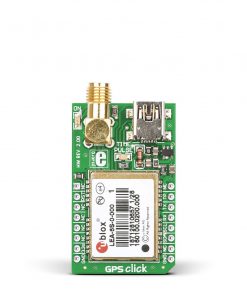 GPS Click
1 ×
GPS Click
1 × R1,050.00R945.00 -
×
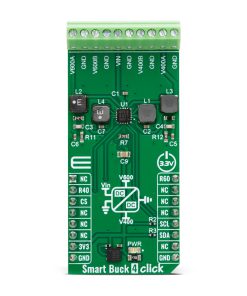 Smart Buck 4 Click
1 ×
Smart Buck 4 Click
1 × R595.00R535.50
Subtotal: R13,602.00

